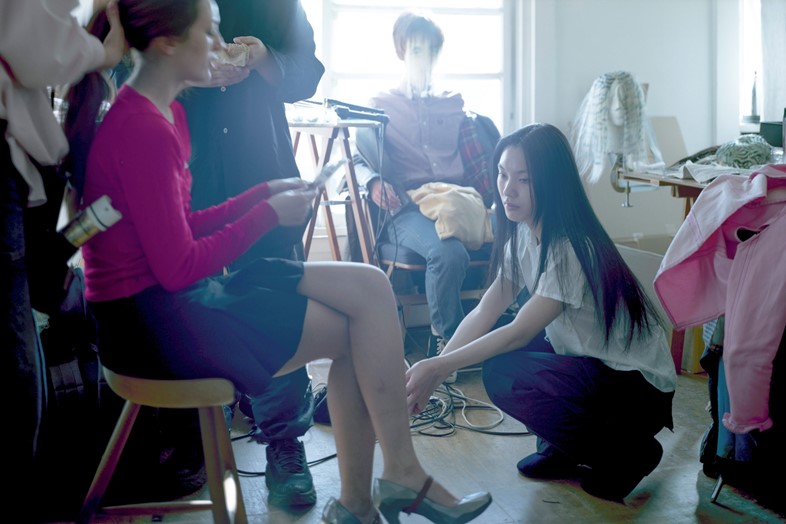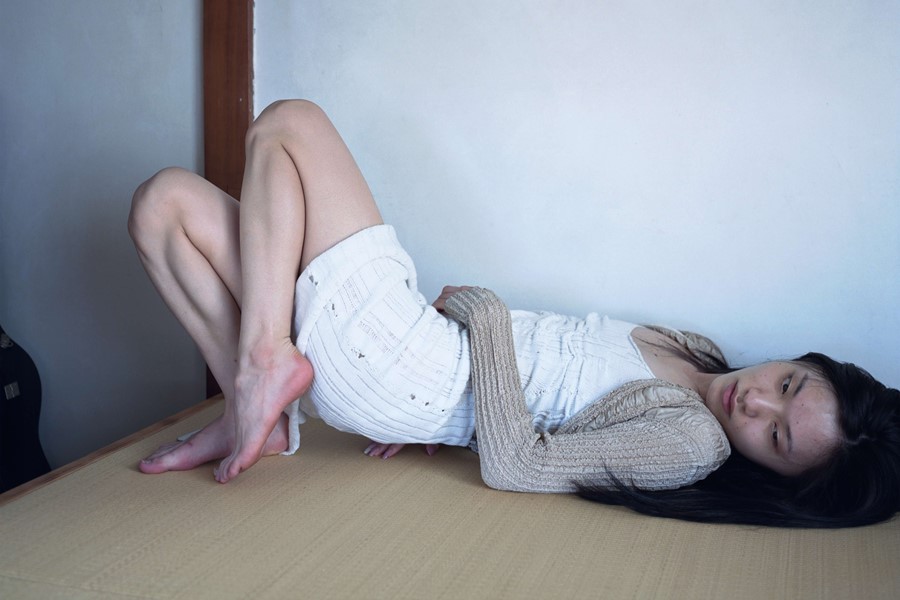Published by Dashwood Books, Takashi Homma’s 17 is a soft, sensitive portrait of young artist Raiki Yamamoto as she approaches adulthood
In his new photo essay 17, Japanese photographer Takashi Homma takes the young artist Raiki Yamamoto as his muse for a study of the cusp of adulthood. Published by cult New York-based publisher and bookshop Dashwood Books, 17 continues Homma’s interests in Tokyo, its suburbs and its youth, treating the subject with a typical softness and sensitivity, using the contours of the region’s landscapes to map the ambiguities of teenage development into adulthood.
Yamamoto and Homma developed a relationship as model and photographer after Homma booked her for a variety of magazine commissions (represented by DoBeDo, Homma shoots fashion editorials for magazines including Dazed, Marfa, and Self Service). 17 collates the collaborations and weaves them between images taken on a trip the two took to the beach together. Born in 2006, Yamamoto was only 17 at the time of shooting, and had already established herself as an artist in Tokyo, having already presented a solo show with Galerie Tenko amongst a suite of group shows. Based between Tokyo and the coastal town of Kamakura, the beach trip is something of a homecoming for Yamamoto as she prepares for adulthood.
In the book, Homma develops a visual vocabulary to explore the transitional nature of Yamamota’s age; the images capture the waning of childhood. Instances of the young Yamamoto sitting in the make-up chair, curling her lashes and smudging on shadow are presented alongside images of her becoming a woman with professional development. Elsewhere, she lounges at home with a characteristically restless teenage ennui, waiting for the perceived excitement of adulthood to arrive, or she stretches in a backyard wearing a knitted bra in the shape of small growing breasts.

Observations on the growth towards adulthood become most provocative in Homma’s capturing of the pair’s journey together to the beach. Transitional imagery capturing a walk through the Tokyo suburbs or a journey on the city’s metro retain Homma’s demure articulations of Yamamoto, as do his images of her standing on the edge of the beach’s ebbing tides. But a short series of images where Yamamoto removes her top to reveal a bra and miniskirt marks the awkward shift when the teenage body reaches the possibility of sexualisation. The difference between the first and last image in this section is stark: in the first, Yamamoto is swallowed by a large jumper looking out to sea, in the last she stands on a cliff face looking over her shoulder at the camera, bare buttock breaching her miniskirt. Is she grown up? Is she a woman now? These questions are tricky to answer and leave us, as viewers, in a tentative position that’s almost as awkward as teenagehood itself. And it’s here in these churning waters between childhood and adulthood, girlhood and womanhood, where Homma and Yamamoto leave us to dwell.
17 by Takashi Homma is published by Dashwood Books and is available for pre-order now, shipping in mid-August.



